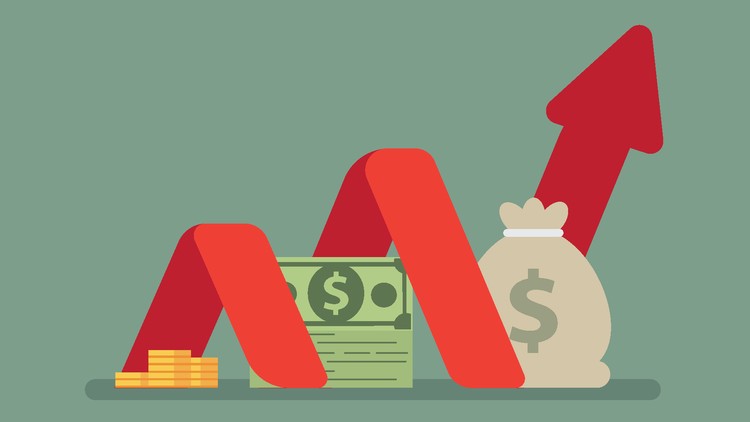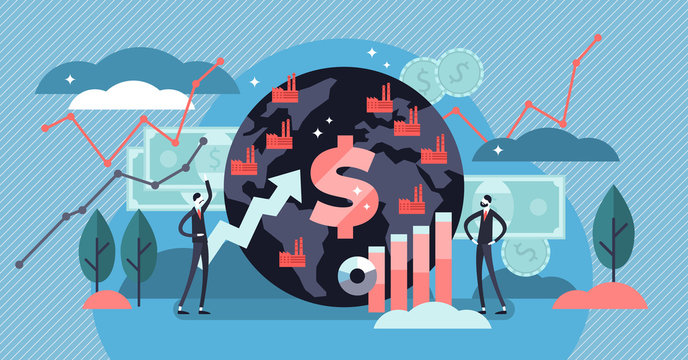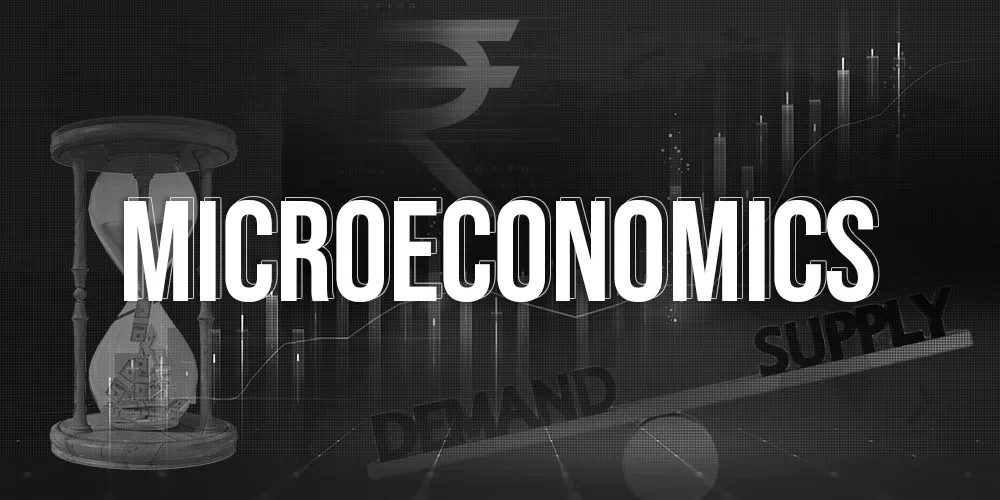Microeconomics is pivotal in understanding how individuals and firms allocate scarce resources efficiently, determine prices through supply and demand dynamics, and analyze market structures for efficiency and fairness. It forms the basis for government policies like taxation and regulation and helps predict consumer and firm behavior, aiding in marketing strategies and production decisions.
Furthermore, microeconomics explores income distribution, international trade patterns, and resource market dynamics, providing insights into factors influencing income inequality and trade policies’ impact.
By examining individual economic agents’ behavior and interactions, microeconomics offers a foundational understanding of the economy’s functioning, essential for policymakers, businesses, and individuals alike.
How does microeconomics influence price determination in markets?

Microeconomics plays a significant role in determining prices in markets through the interplay of supply and demand. Here’s how it works:
Supply and Demand
Microeconomics focuses on the behavior of individual agents, such as consumers and firms. The law of demand states that, all else being equal, as the price of a good or service decreases, the quantity demanded increases, and vice versa.
Conversely, the law of supply states that, all else being equal, as the price of a good or service increases, the quantity supplied increases, and vice versa.
Market Equilibrium
The equilibrium price and quantity in a market are determined by the intersection of the supply and demand curves. At this point, the quantity demanded equals the quantity supplied, resulting in no surplus or shortage. This equilibrium price reflects the market-clearing price, where buyers are willing to pay and sellers are willing to accept.
Shifts in Supply and Demand
Changes in factors influencing supply or demand cause shifts in their respective curves. For example, an increase in consumer income, a change in consumer tastes, or the introduction of substitutes can shift the demand curve.
Similarly, changes in production costs, technology, or government regulations can shift the supply curve.
Price Adjustment
When there is a discrepancy between the market price and the equilibrium price, market forces come into play to adjust prices. If the price is above the equilibrium, there is a surplus, leading sellers to reduce prices to clear excess inventory.
Conversely, if the price is below the equilibrium, there is a shortage, prompting sellers to raise prices to capitalize on increased demand.
Elasticity
The concept of elasticity measures how responsive quantity demanded or supplied is to changes in price. Elastic demand or supply means that quantity changes significantly with price changes, while inelastic demand or supply means that quantity changes little with price changes. Elasticity influences the extent to which changes in supply or demand affect prices in the market.
What are the policy implications of microeconomics on government decisions?

Microeconomics helps governments make decisions about important things like prices, taxes, and rules. For example, when setting prices, the government might step in to make sure things like rent or food aren’t too expensive. But they have to be careful because setting prices too high or too low can cause problems, like shortages or people losing their jobs. Microeconomics also helps decide taxes and subsidies.
So, if something like cigarettes is bad for the environment, the government might put a tax on them to make people think twice about buying them. On the other hand, they might give money to things that are good for society, like education or clean energy. Regulations, which are rules about how businesses can operate, are also based on microeconomics. They’re there to stop big companies from taking advantage of people or making things worse for the environment.
Microeconomics also helps decide how much the government should spend on things like parks or roads that everyone can use. Plus, it guides decisions about helping out people who don’t have much money, making sure everyone has access to good education, healthcare, and other important services. So, basically, microeconomics helps the government figure out how to make things fair and work better for everyone.
How does microeconomics analyze consumer and firm behavior?

Microeconomics looks at how individuals and businesses make decisions about buying and selling stuff.
For consumers, microeconomics studies things like what makes people decide to buy one thing instead of another, and how much they’re willing to pay for it. It looks at factors like income, preferences, and prices to understand why people buy certain products and how their choices change when prices go up or down.
For firms, microeconomics examines how businesses decide what to produce, how much to produce, and what prices to charge. It considers factors like production costs, competition, and market demand to understand how firms make decisions that maximize profits.
Overall, microeconomics helps us understand the behavior of consumers and firms by looking at the choices they make and the factors that influence those choices.
Final Words
Microeconomics is super important! It helps us understand how people and businesses make decisions about stuff like prices and production. This knowledge is key for governments when they’re making rules and policies. Plus, it gives us insights into how consumers and businesses behave, which is crucial for marketing and business strategies. Microeconomics also helps us see why some people have more money than others and what we can do about it. And don’t forget about international trade and how microeconomics helps us understand that too! So, in a nutshell, microeconomics is like the secret sauce that helps us make sense of how the economy works.
